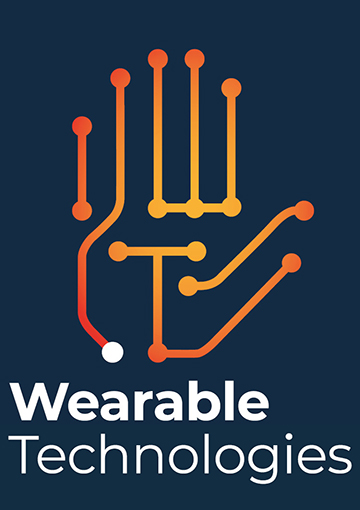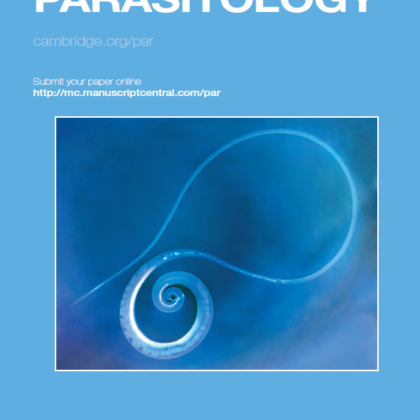Q&A with Wearable Technologies Associate Editor: Nicola Vitiello
Associate Professor Nicola Vitiello of the Biorobotics Institute, Sant’Anna School of Advanced Studies – Pisa, Italy, answers our questions about his work and Cambridge University Press’s new journal Wearable Technologies.
What first attracted you to the field of wearable technologies?
Since I was a child I was attracted by movies and cartoons where humans could enhance their abilities thanks to wearable technologies. During my Master I realized that I could work in the field of wearable technologies by developing exoskeletons to investigate theories on human movement control, in collaboration with neuroscientists. This was simply great. Over time, I have been progressively more attracted by other application fields, such as rehabilitation engineering and exoskeleton for workers. The most attractive point of wearable technologies is that you can discover new design principles and develop new artefacts which can improve our quality of life.
What are you currently working on that you’d like to tell us about?
In my lab at The BioRobotics Institute, we are mostly working on powered exoskeletons for movement rehabilitation and assistance. The fil rouge of our design methodology has been inspired by the collaborative compliant robotics. Our exoskeletons address the strong need of a safe and compliant human-robot interaction in several scenarios: post-stroke rehabilitation, gait assistance of lower-limb amputees and frail elderly persons, new methodologies for promoting the wellness of hypomobile elderly persons, and (more recently) validation in real-life scenarios of spring-loaded passive exoskeletons.
What do you think the journal Wearable Technologies will bring to the field?
My dream is that Wearable Technologies will be the reference journal for the community in the next 3-5 years. It will be the main information gate for our community: in particular I will give my contribution as Associate Editor in the direction of collecting as many as possible scientific works focusing on the validation of exoskeletons with real end users. Definitely, this journal shall contribute to fill one of the main gaps in our community, the lack of evidences that exoskeletons can be an effective and usable solutions to real problems.
What are some of the challenges facing the field today?
As I said one of the biggest challenges is the lack of evidence that powered and/or spring-loaded exoskeletons can be a real solution to daily life problems. As a community we should pay more attention to the investigation and experimentation of the technology in out-of-the-lab scenarios: this is a necessary step to overcome the barriers to the adoption of these technologies and the consequent growth of a solid industrial sector.
In which areas of the wearable technologies field do you expect to see growth in the next five to ten years?
In the short term we can imagine that spring-loaded passive exoskeletons for workers will be the sector showing the most significant growth: this is motivated by the fact that exoskeletons for workers are relatively more simple that exoskeletons for medical applications and in the last 2-3 years are showing promising results in terms of number of exoskeletons actually adopted by the end users.
Why should authors publish in Wearable Technologies?
Because Wearables will be an increasingly larger trend and we can expect in the next 5-10 years that there will be a community with more than 1000 researchers active. This community needs a reference journal, and this journal will be Wearable Technologies. Edited by a top-class leading Publisher, sending papers to Wearable Technologies will help our community have its own reference journal.








